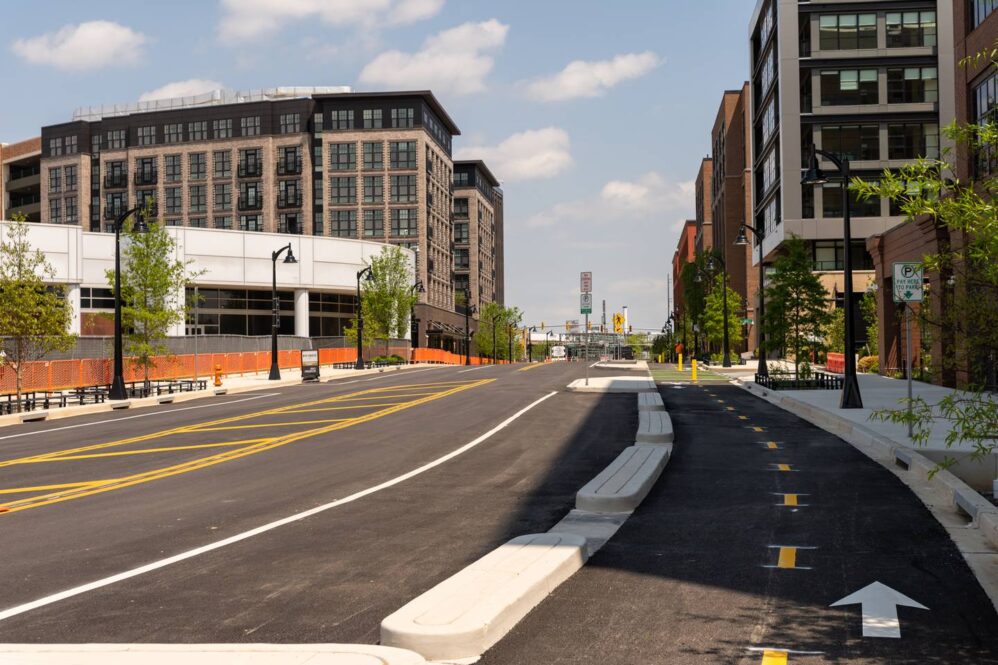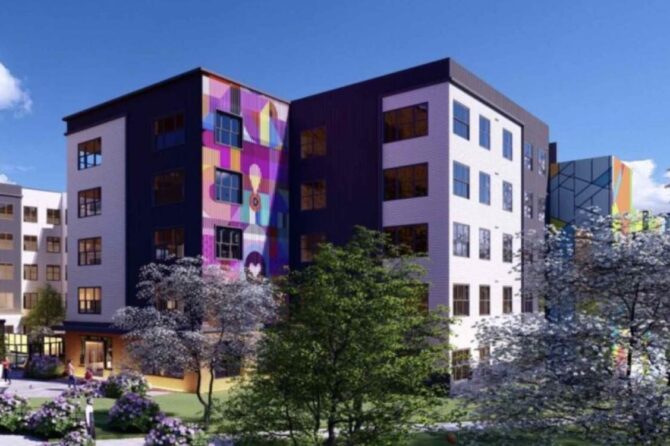BALTIMORE BANNER: At the start of the legislative session, Gov. Wes Moore released his 2024 housing package with a memo titled “Maryland is Experiencing a Housing Crisis.” The memo went on to detail the state’s projected shortage of 96,000 housing units and its underproduction of housing, by an average of 5,600 units per year, for the past decade. This lack of supply, the memo says, has contributed to doubling the amount of household income needed to purchase a median-priced home in Maryland.
Baltimore could be central to solving this crisis. As Maryland’s largest city, Baltimore is also the most affordable jurisdiction in its metropolitan region. According to data released in January, Baltimore’s median home price was $209,000 in 2023, compared to Baltimore County’s $332,000, Howard County’s $555,000, and a staggering $627,000 in Washington, D.C.
And there’s considerable value at this price point. Even without the Red Line, Baltimore is one of only 15 cities in the continental United States with a heavy rail transit system. Our Metro SubwayLink line runs through more than 20 residential neighborhoods and reaches nearly 500,000 jobs in our central business district and medical campuses. The stretch of truncated roadway known as the Highway to Nowhere will soon become a highway to everywhere, when a new West Baltimore station offers MARC commuter rail service to Washington (with its 2 million transit-accessible jobs) in less than 30 minutes, or to Baltimore-Washington International Thurgood Marshall Airport in less than 20 minutes.
Thanks to this affordability and convenience, we know consumers want to live in Baltimore. A landmark study outlines the city’s potential to attract residents with new housing development through at least 2025. While our downtown and waterfront have the highest market potential for new construction currently, our opportunity to add housing doesn’t end there. Including all regions of the city, Baltimore’s market could reasonably absorb up to 7,100 new housing units annually, far more than the state’s underproduction estimate.
Consumers of these new units seek housing of all shapes and sizes. More than half want high-quality rental while more than 40% dream of homeownership. Renovated and new rowhouses remain popular with buyers. But demand for single-family detached housing exceeds what’s currently available. So, how can Baltimore lead?
To solve the state’s housing crisis, Baltimore must continue to do all we can to fast-track residential development already in the pipeline — such as in neighborhoods including Baltimore Peninsula, Reservoir Hill, Middle East, Park Heights, Uplands and elsewhere — while vigorously supporting other housing proposals. We must build from our existing market studies to complete a residential development master plan rooted in consumer demand. Plan in hand, we must strategically manage our once-in-a-generation opportunity to repurpose surplus school sites and other underutilized city-owned land for housing.
We must collaborate creatively with the state and other institutional landowners to ensure housing development can occur in the most viable areas. We must envision a transit-oriented future and leverage rail stations’ housing development potential. We must also embrace our vacant housing as a key part of the solution — work that is well underway by the administration of Mayor Brandon Scott.
If we succeed, we won’t just solve Maryland’s housing crisis. Residents added through development will end the city’s more than 70 years of population loss while bolstering the Baltimore and Maryland economies. Analysts tell us current city residents produce an $8.5 billion impact on the local economy annually, and according to a 2020 report, each added household contributes more than $11,000 per year in new tax revenues ($4,800 to the city and $6,400 to Maryland) that can support improvements in services and infrastructure.
But building in Baltimore isn’t just practical. It’s reparative. Federal policies, such as redlining, and incentives, such as the GI Bill, have driven development in previously rural, majority white areas since the 1940s. This has resulted in suburban counties benefitting from population growth, increased revenues and greater political influence — largely at the expense of the city — for generations.
As Moore often reminds us: For this to be Maryland’s decade, it must be Baltimore’s time. It surely must be Baltimore’s time to drive housing development for the good of the state, the region, and the city’s shared future.










